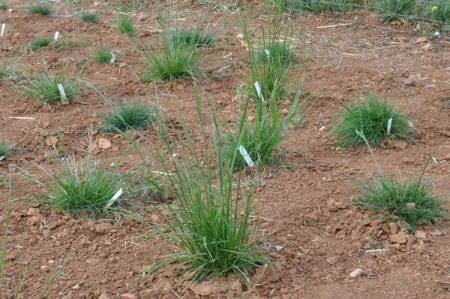New article on endophytic alkaloid contents in red fescue across Europe
Vázquez de Aldana, B.R., Leinonen, P., Zabalgogeazcoa, I., Helander, M. & Saikkonen, K. 2020. Variation and plasticity in Epichloë alkaloid content of Festuca rubra across Europe. Fungal Ecology 47: 100942. DOI: 10.1016/j.funeco.2020.100942
Abstract
Many symbiotic microbes can aid their host plant’s defense against herbivores and pathogens either directly or indirectly through plant-mediated mechanisms. Thus, microbes are of interest to agricultural research. In this study, we used vertically transmitted Epichloë species because these fungal endophytes of grasses produce alkaloids that have been shown to protect the host from herbivory. Depending on the amount, type, and profile of alkaloids, Epichloë species can promote the host’s defense against invertebrate or vertebrate herbivores. Here, we used Festuca rubra colonized by Epichloë festucae from wild populations of different geographic origins in a reciprocal transplant experiment at three locations across Europe. We sought to determine whether genetic differences among Epichloë-colonized plants from different origins or phenotypic plasticity explained variations in alkaloid content and whether the alkaloid content was correlated with the growth and reproduction of the plants colonized by Epichloë. We found that the geographic origin of the Epichloë-colonized genotypes explained differences in ergovaline and peramine production. The ergovaline content also indicated chemotypic plasticity, as profiles changed when transplanted to a new environment, while the concentration of peramine was constant among the transplantation sites. The lack of a strong correlation between alkaloid content and plant performance (number of reproductive stems and total biomass) indicated that the costs of alkaloid production were too low to have consequences for fitness in terms of those parameters. Our findings emphasize the importance of estimating the fungal alkaloid content in multiple field environments in order to determine its potential toxicity and value for breeding programs that are aimed at the improvement of turfgrass and forage cultivars.
